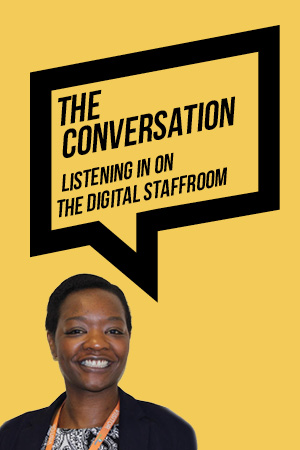In September 2015 the worst thing imaginable happened in my school. One of our students was playing football with his friends when he started to feel short of breath and collapsed.
Two members of staff started CPR until local GPs arrived. Then the first-response paramedic. The air ambulance followed. Luke’s mother arrived and howled, caught between going to her son and staying out of the professionals’ way.
Staff looked on, hopeless. He was taken to hospital and pronounced dead the next morning.
It left a community devastated.
No one mentions this type of crisis when you become a head, but you know it is a reality. You are aware of the crisis management procedures, but you just hope it never happens to you.
For me, the hardest part was the advice on being prepared
This book is a fantastic resource for school leaders, setting out in simple terms how to respond to such an event and, even more importantly, how to prepare. Each chapter has a clear focus, helping readers to reflect on how they would respond to each element of the critical incident.
The human fallout from such an incident should never be underestimated, nor how each individual will cope. Shane Moran develops this throughout his book, starting with “recognising when you get ‘walloped’”. He advises you to look around to understand those who are “frozen” and those who start to show signs of post-traumatic stress disorder (PTSD). As he points out: “regardless of its nature, a critical incident has a strong effect on all those at the centre of it”.
For me, the hardest part was the advice on being prepared. Just reading the book brought the whole incident in my school flooding back. But Moran is right that being prepared for any incident is vital – and is just as important for your senior leadership team as it is for you. He lists job roles, probable levels of leadership to fulfil them and what staff will be responsible for. At the end are a number of useful scenarios for you and your team to work through, even if you would rather think of anything else.
What are the issues? Well with the book absolutely none, but for a head working in a secular school in England, lots – mainly because Moran is writing from the perspective of the Irish education system and a religious school.
I have no doubt of the comfort of prayer and support a school chaplain can offer, but there is no such person in 60 per cent of schools
I have no doubt of the comfort of prayer and the support that a school chaplain can offer, but there is no such person in 60 per cent of schools in England. More worryingly, there are long lists of support structures that just don’t exist here.
The book explains that critical incident management includes: defusing; therapy intervention; debriefing; containment of grief and emotions; time out; briefings from the psychological support team. My county offered none of these. In the end the police and a consultant from the brilliant Evelina Children’s Hospital helped us with debrief groups. The staff could get six counselling sessions as part of their contract, but there was nothing for the students. No advice. No wider support for families or friends. Most disturbing was the lack of support for Luke’s family.
After reading the book I contacted the local Edpsych team to see if there was some support we could access for the staff and students, only to be told it is a bought-in service. . .
In short, this is is a really useful book that gets you thinking in the right ways. But it also exposes the complete lack of support that we as a nation give our teachers and students in times of crisis and for that, it made me weep . . . again.













Your thoughts